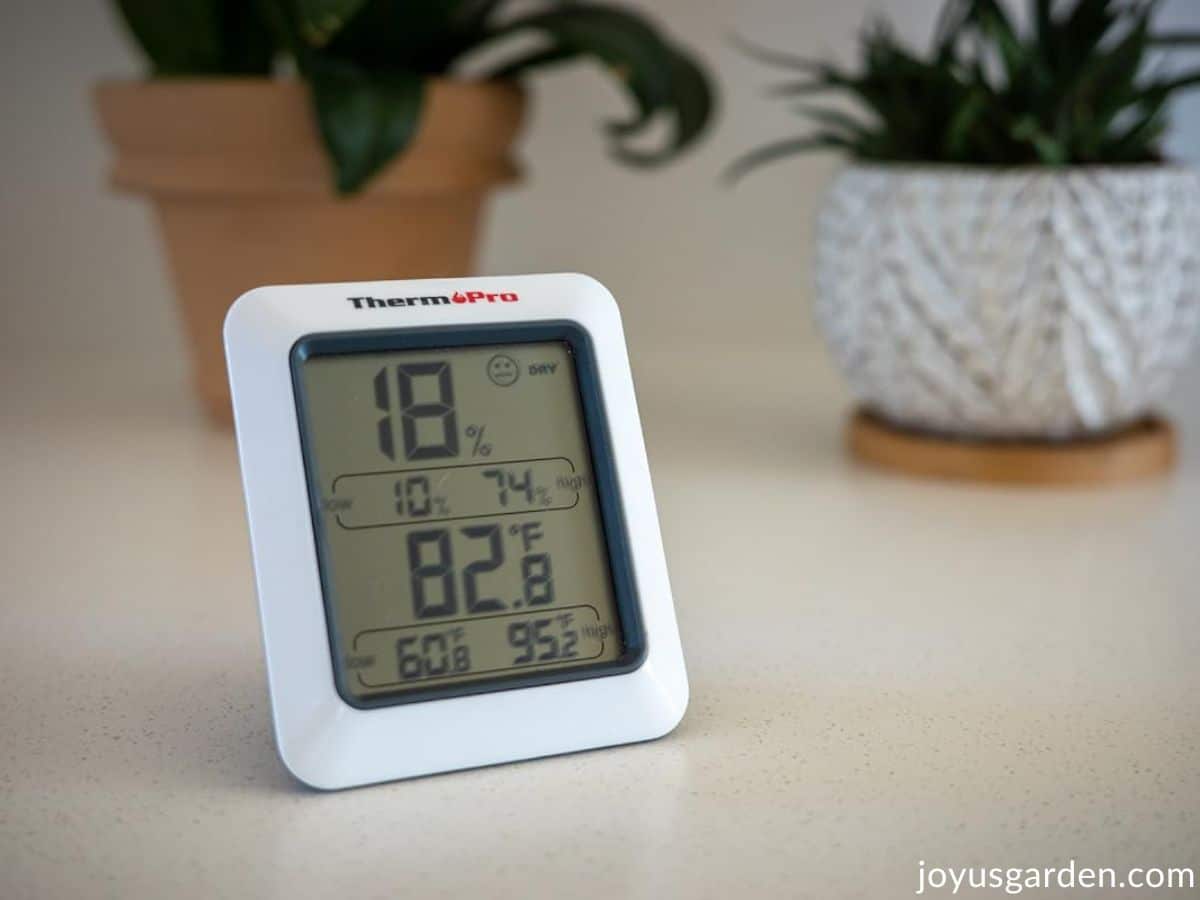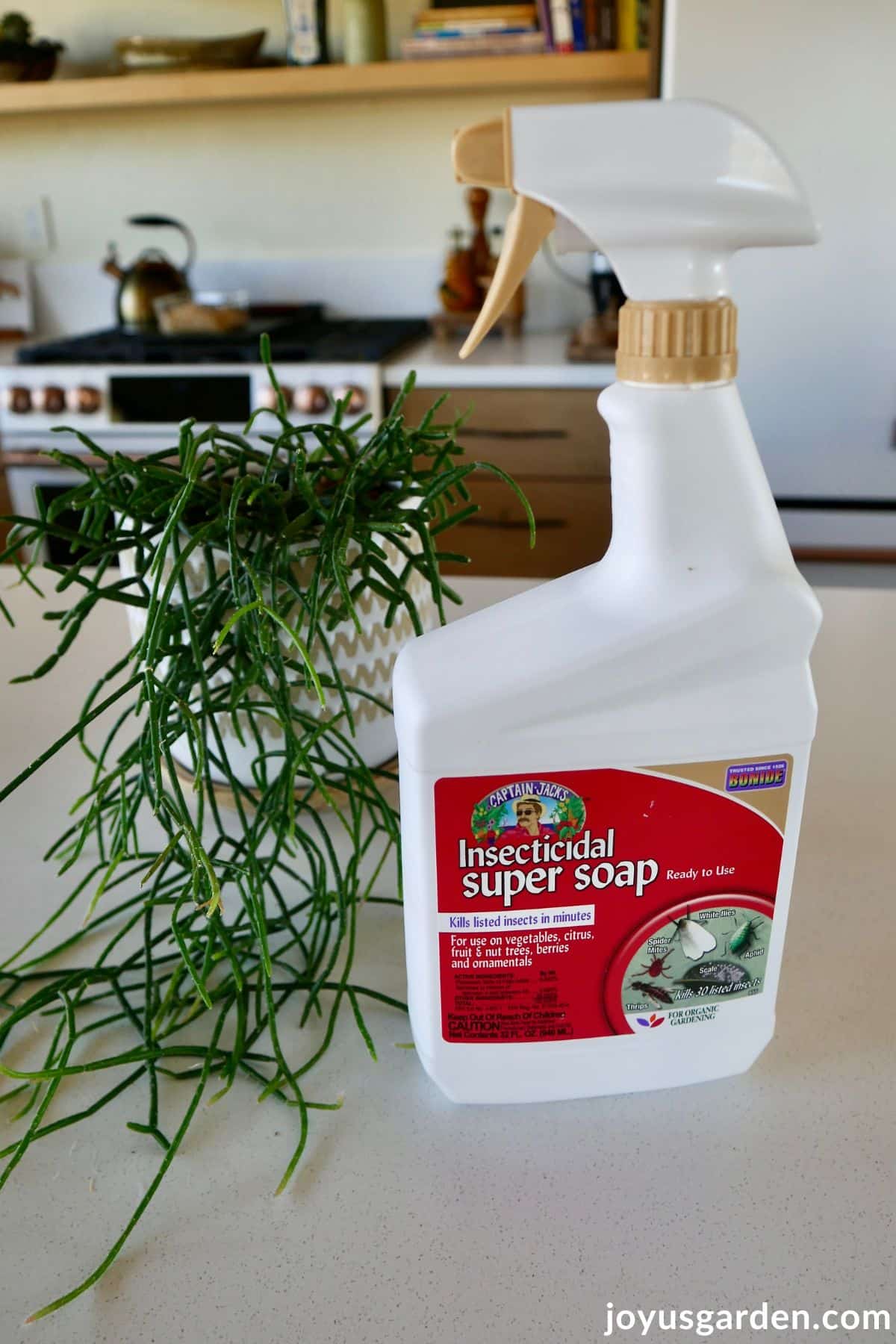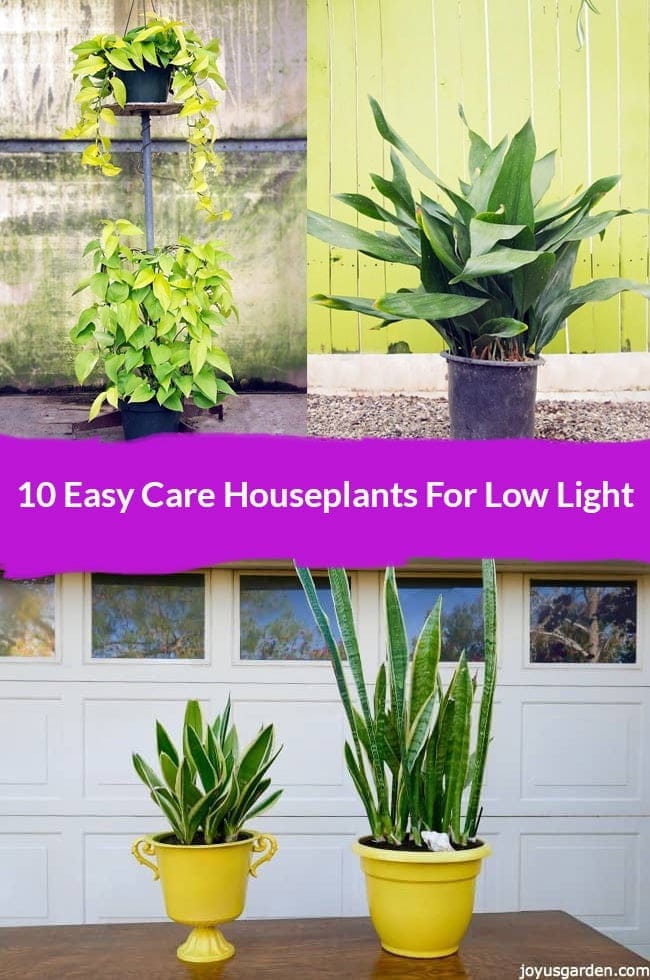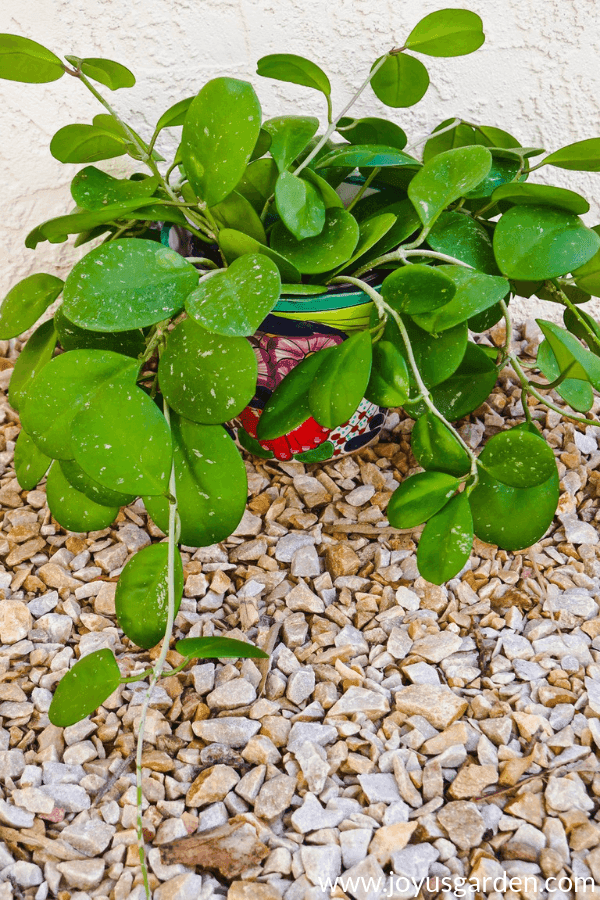Essentials for Indoor Plants: 16 Accessories for Your Houseplant Collection
You bought your first houseplant and are excited to bring the outdoors inside. But now what? How do you keep your new leafy friend happy and healthy? Don’t worry; we’ve got you covered! Here are some essentials for indoor plants to keep your houseplant collection thriving!
You may have heard about the basics, like watering, sunlight, and soil, but your plants need some important things for optimal growth.
At a quick glance, here are some houseplant accessories, tools, and supplies that we recommend, especially if you’re a new plant parent. Nell has 70+ houseplants, so these are all things she uses to ensure houseplant happiness.
While you don’t need to purchase all of these products, each one comes in handy depending on what you have in your houseplant collection!
This post contains affiliate links. You can read our policies here.
Essentials For Indoor Plants
- Watering Can: An important houseplant care essential, a can with a long, narrow spout will help you water your plants with precision.
- Moisture Meter: If you struggle with over or underwatering, this meter will help determine if your plant needs to be watered.
- Humidity Gauge: This may seem like an unusual item for a plant, but monitoring the humidity in your home is helpful.
- Mister: Some plants like to be misted regularly for an extra humidity boost. It also helps to keep them clean and keep pests away.
- Wash Bottle: This may not be essential, but it definitely makes watering your smaller plants easier. The long spout helps to reach deep into the pot without making a mess.
- Pruning Snips: These handy shears are perfect for trimming dead leaves and stems to promote growth and good form.
- Potting Soil: Having your plant growing in a well-draining soil mix is one of the keys to successfully keeping your plant thriving.
- Fertilizer: Just like humans, plants need a balanced diet, too! Fertilizers provide essential nutrients and promote healthy houseplants.
- Pots with Drainage Holes: Choose a pot with drainage holes to prevent overwatering.
- Plant Baskets: Not only are plant baskets aesthetically pleasing, but they’re lighter and easier to move around.
- Humidifier: Plants love humidity, especially tropical ones. Investing in a humidifier will help mimic their natural environment and keep them happy!
- Plant Trellis: For climbing plants, a trellis provides support for the vines to grow on and adds an aesthetic touch to your indoor garden.
- Microfiber Cloth: Use a microfiber cloth or gloves to gently wipe away dust and keep your plants clean.
- Natural Pest Spray: An all-natural solution for pest control, natural sprays are safe to use on your plants and help keep pesky insects away.
- Plastic Saucers: These can be used to catch excess water from the drainage holes of your pots.
- Plant Coasters: Use these to protect your floors from water damage and scratches from heavy pots.
1. Watering Can

Watering your houseplants is made easy with this indoor watering can! The sleek design makes it perfect for small spaces, and the long spout allows for precise watering.
Plus, it’s lightweight, has a comfortable grip for easy use, and holds 1/2 gallon of water.
Here are a few watering cans you can consider for your houseplant collection. The best choice depends on which functions best and which appeals to you.
SHOP WATERING CANS
- Plastic Watering Can {As Seen In Photo}
- Copper Watering Can
- Stainless Steel Metal Watering Can
2. Moisture Meter
A moisture meter is a lifesaver for any indoor plant enthusiast. This little gadget takes the guesswork out of watering, one of the trickiest aspects of plant care.
Overwatering is a common mistake that can lead to root rot and eventually kill your plant. On the other hand, underwatering can leave your plant parched and struggling to survive.
The moisture meter measures the moisture level in your plant’s soil, letting you know precisely when it’s time to water. I use this for my plants in larger pots because you can only stick your finger into the soil so deep!
With this tool, you can tailor your watering routine to the unique needs of each plant rather than adhering to a one-size-fits-all schedule.
SHOP MOISTURE METER
- Soil Moisture Meter {As Seen In Photo}
3. Humidity Gauge
Residing in the Arizona desert, I nurture over 70 houseplants. Accompanying me on this green journey is my trusty humidity meter/monitor, which has faithfully served me for over four years.
It will notify me precisely when the humidity drops below 25%. Because of that, I know when to activate the humidifiers near my plants.
SHOP HUMIDITY GAUGE
- Humidity Gauge & Thermometer {As Seen In Photo}
- Humidity Gauge 2 Pack
4. Mister
Don’t forget about a mister for your tropical buddies. They love humidity and little rain shower! A simple spritz can make them feel right at home.
This plant mister bottle is on my list of houseplant essentials – most plants appreciate having their leaves misted.
This spray bottle is perfect for air plants, bromeliads, monsteras, rubber plants, and most tropical plants – just to name a few!
SHOP MISTER
- Black Plastic Mister {As Seen In Photo}
- Continuous Spray Mister
5. Wash Bottle

For those plants that don’t enjoy having wet leaves, a wash bottle is a great alternative for watering.
Its long spout allows for targeted watering at the base of the plant. I use it for watering my smaller succulents, like the haworthia shown above.
With its long, slender spout, you can water directly at the base of the plant, ensuring water reaches the roots without making a mess, disturbing the foliage, or getting your furniture wet.
This targeted approach reduces the risk of leaf rot and fungal diseases that can occur when leaves are left wet.
SHOP WASH BOTTLE
- Wash Bottle {As Seen In Photo}
6. Pruning Snips
Just like getting a haircut, plants need a trim every now and then. Keep them looking fresh by investing in a good pair of pruning nips.
Fiskars pruning snip is perfect for trimming smaller indoor plants precisely and easily. Its soft grip handles make it comfortable to use for longer periods of time. They’re also great for propagating, harvesting herbs, and deadheading flowers.
SHOP PRUNING SNIPS
- Pruning Snips {Older Model Seen In Photo}
7. Potting Soil

At some point, your plant will need repotting. It’s good to use a high-quality mix that’s formulated for houseplants.
Make sure it allows for good drainage and is well aerated. It’s the foundation from which the plant grows, and you want the roots to be healthy and happy.
Make sure to choose a potting mix that is suitable for the types of plants you have. The ones linked below are good for most tropical/subtropical plants. Succulents, cacti, bromeliads, and orchids need special mixes.
SHOP POTTING SOIL
- Potting Soil {As Seen In Photo}
- Potting Soil
- Potting Soil
8. Fertilizer

Feeding your plants is a good idea. They need nutrients to grow and can be the secret sauce to a lush indoor paradise.
How often you feed houseplants depends on the type of plants, the fertilizer you’re using, your home’s environment, and the time of year.
SHOP FERTILIZER
- Fox Farm Grow Big Liquid Plant Food {As Seen In Photo}
- Maxsea All Purpose
- Neptune’s Fish & Seaweed Fertilizer
- Kelp Me Kelp You
- All Purpose Fertilizer (I’ve never used this, but my friend recommends it)
9. Pots with Drainage Holes
Part of the fun of creating an indoor garden is collecting creative and fun plant pots!
Make sure to use grow pots with drainage holes. This allows excess water to drain out of the soil, preventing root rot and other water-related issues.
The decorative pot above has plants directly planted and a good-sized drainage hole on the bottom.
If the pot you want to use doesn’t have drainage holes, you can always add some with a drill (if you feel comfortable doing this) or use a plastic nursery pot with drain holes inside the decorative one. Your plants will thank you for it!
SHOP POTS WITH DRAINAGE HOLES
- Terracotta Planter Set of 2 {As Seen In Photo}
- Boho Clay Pot
- White Ceramic Pot, Set of 3
10. Plant Baskets

Not only are they aesthetically pleasing, but plant baskets are lighter in weight than most decorative containers, making them easier to move.
Just make sure to choose a basket with a plastic lining and/or use a saucer inside to prevent potential water damage. I also put a plant coaster underneath the basket for further protection.
We particularly enjoy handwoven baskets!
SHOP PLANT BASKETS
11. Humidifier
A humidifier is a vital accessory for your indoor plant collection, particularly if you’re caring for tropical plant species. The primary function of this device is to increase the humidity level in the air.
Many houseplants originate from humid rainforest environments and thrive in conditions that mimic their natural habitat. While you won’t be able to replicate the tropics in your living room, any boost will help!
Dry air, common in many households, can cause plants to lose moisture through their leaves and exhibit brown leaf tips.
On the other hand, a humidifier helps to maintain optimal moisture levels, preventing issues like leaf curling, browning, tipping, and wilting.
12. Plant Trellis

Photo credit: BB3DesignShop
Depending on the type of plants you have, you might want to consider using a plant trellis to help them grow upwards.
A plant trellis encourages healthy vertical growth and allows them to reach their full potential by supporting their vines or stems.
Hoyas, Monstera Adansonii, and Monstera Minimas are just a few plants that can benefit from a trellis while they grow.
SHOP PLANT TRELLIS
- Modern Plant Trellis {As Seen In Photo}
- Natural Bamboo Trellis
13. Microfiber Cloth

Did you know that dust can clog the pores on your plant’s leaves, making it difficult for them to breathe and photosynthesize? Many beginners are surprised to learn that cleaning your plants is essential to their care routine.
But instead of using a cloth or brush, make it easier and more fun with these adorable dusting gloves. Simply slip them on and wipe away the dust while giving your plants some love and attention. Your plants will shine!
SHOP MICROFIBER TOWEL/GLOVES
- Microfiber Cloth {As Seen In Photo}
- Dusting Gloves
14. Natural Pest Spray
Despite our best efforts, sometimes pests can still make their way into our indoor gardens. But instead of using harsh chemicals that can harm your plants and the environment, consider using a more natural approach.
These natural pesticides are safe for use around pets and humans while effectively controlling common pests like aphids, mealybugs, and spider mites.
These pests multiply like crazy and spread from houseplant to houseplant, so spring into action as soon as you see them.
SHOP NATURAL PEST SPRAY
- Insecticidal Soap {As Seen In Photo}
- Neem Oil
15. Plastic Saucers
Plastic saucers come in different sizes and can be used to catch excess water from the drainage holes of your pots, protecting your furniture and floors.
Don’t let too much water build up in the saucer; this can lead to the mix staying too wet and root rot.
SHOP PLASTIC SAUCERS
16. Plant Coasters
Use these to protect your floors or furniture from water damage and pot scratches. They also allow a bit of airflow underneath.
I buy them about an inch smaller than the pot’s base so they aren’t sticking out.
SHOP PLANT COASTERS
- Cork Coasters {As Seen In Photo, Left}
- Felt Coasters {As Seen In Photo, Right}
Conclusion
Having houseplants is a beautiful and rewarding experience. Any indoor gardener will tell you this. But to keep them thriving, remember these essentials for indoor plants: appropriate lighting, consistent humidity, correct temperature, and suitable soil.
With these in mind, your green friends will flourish and bring joy to any space. Happy gardening!
Nell & Miranda














